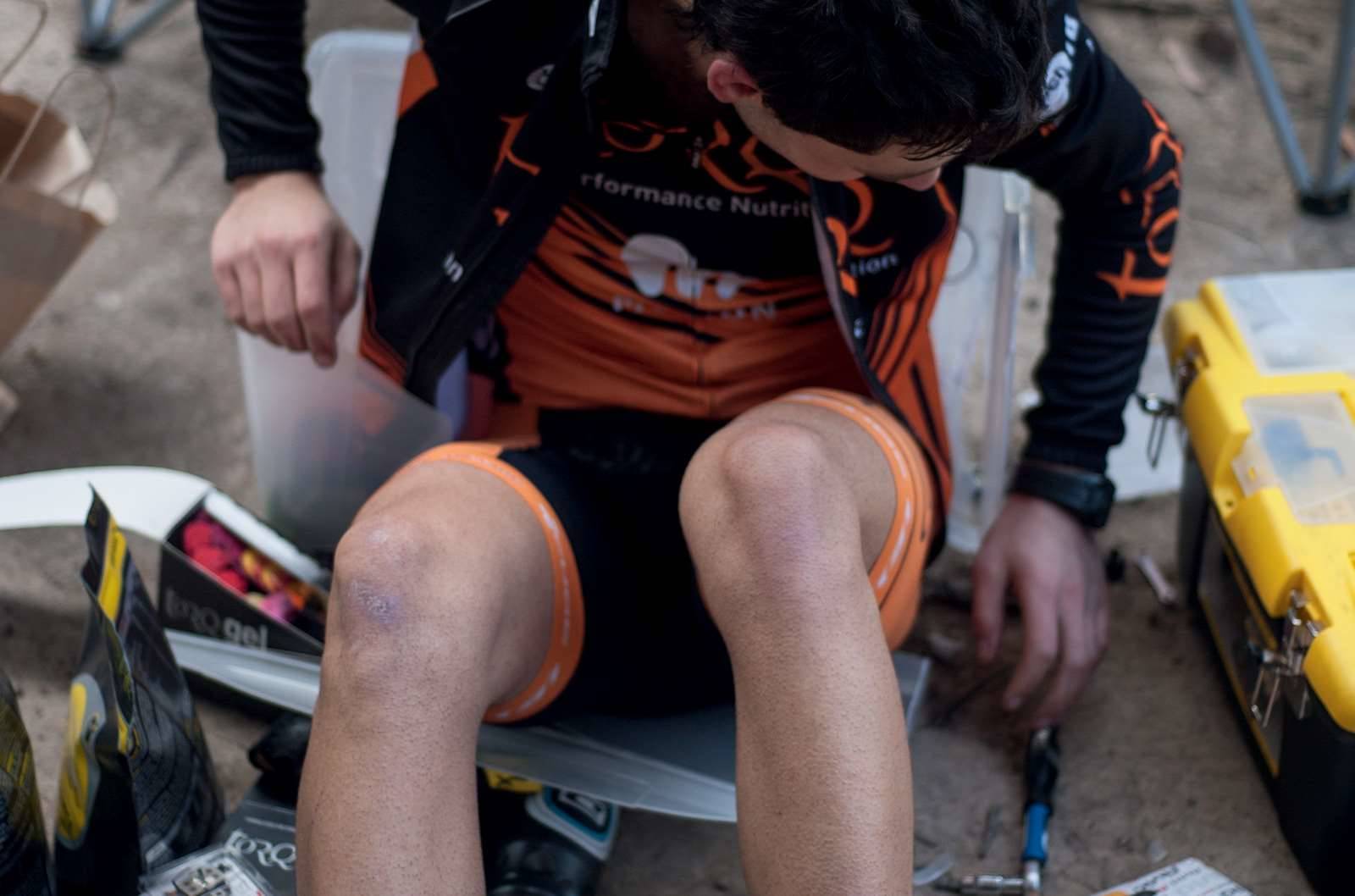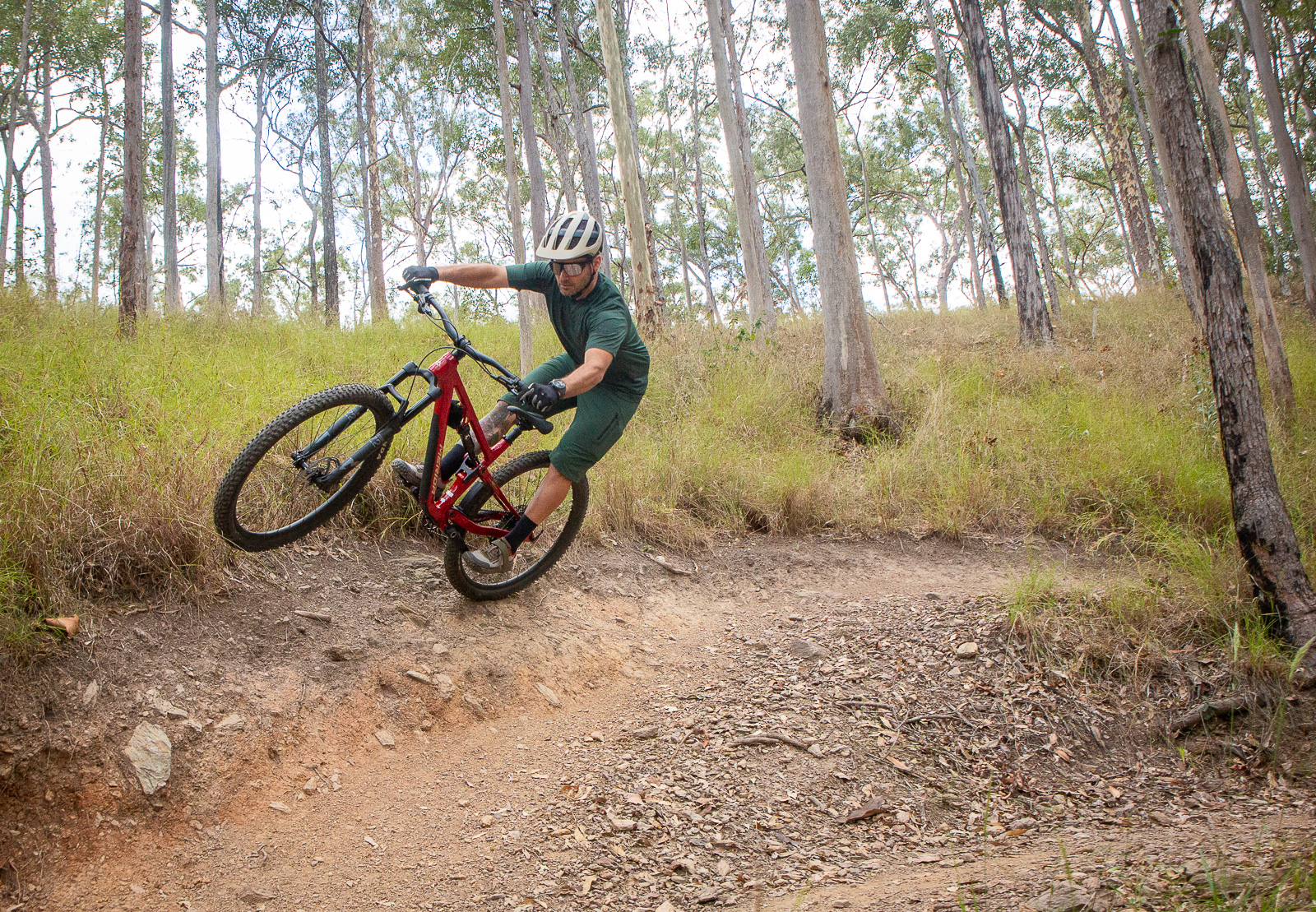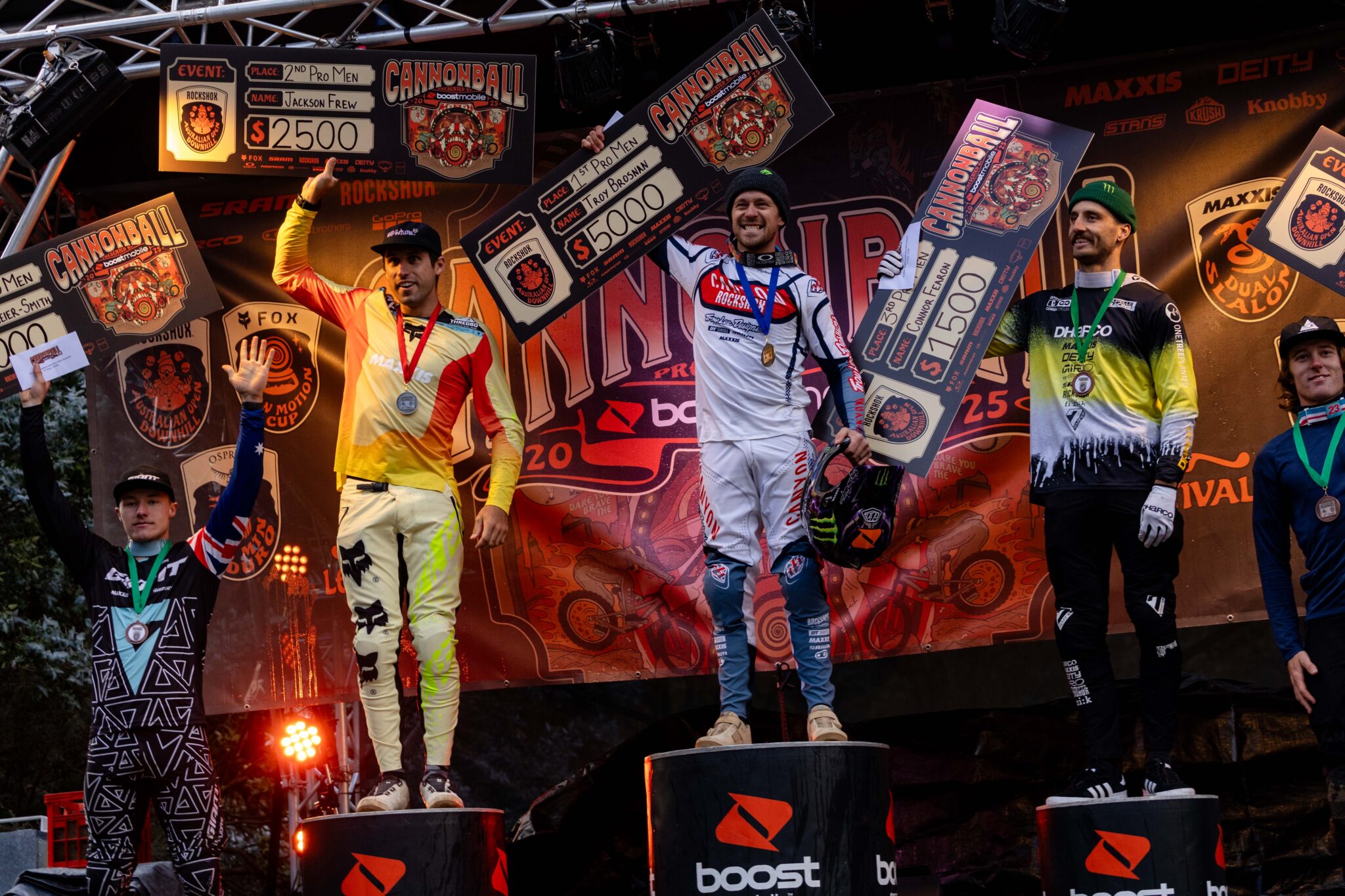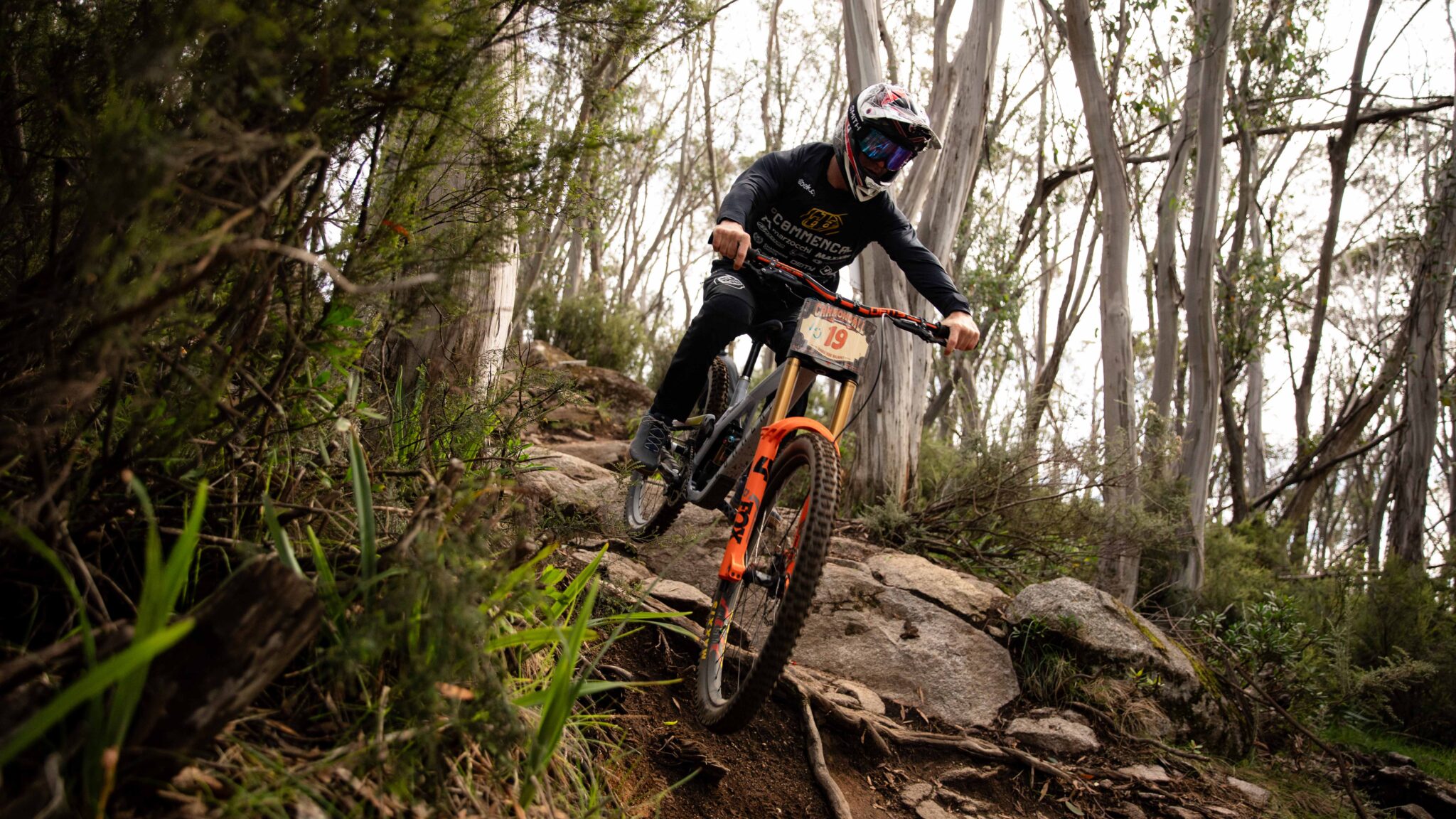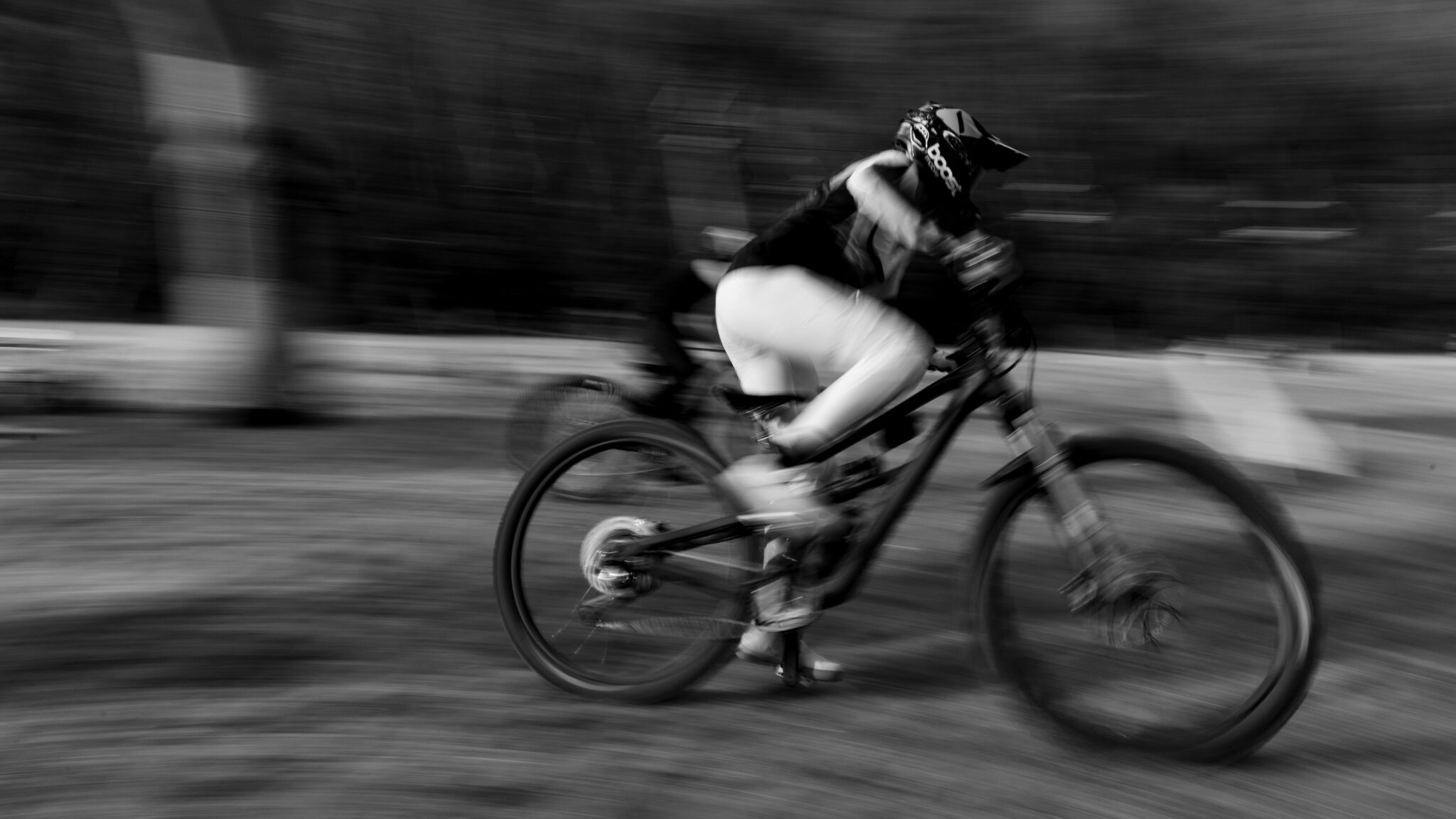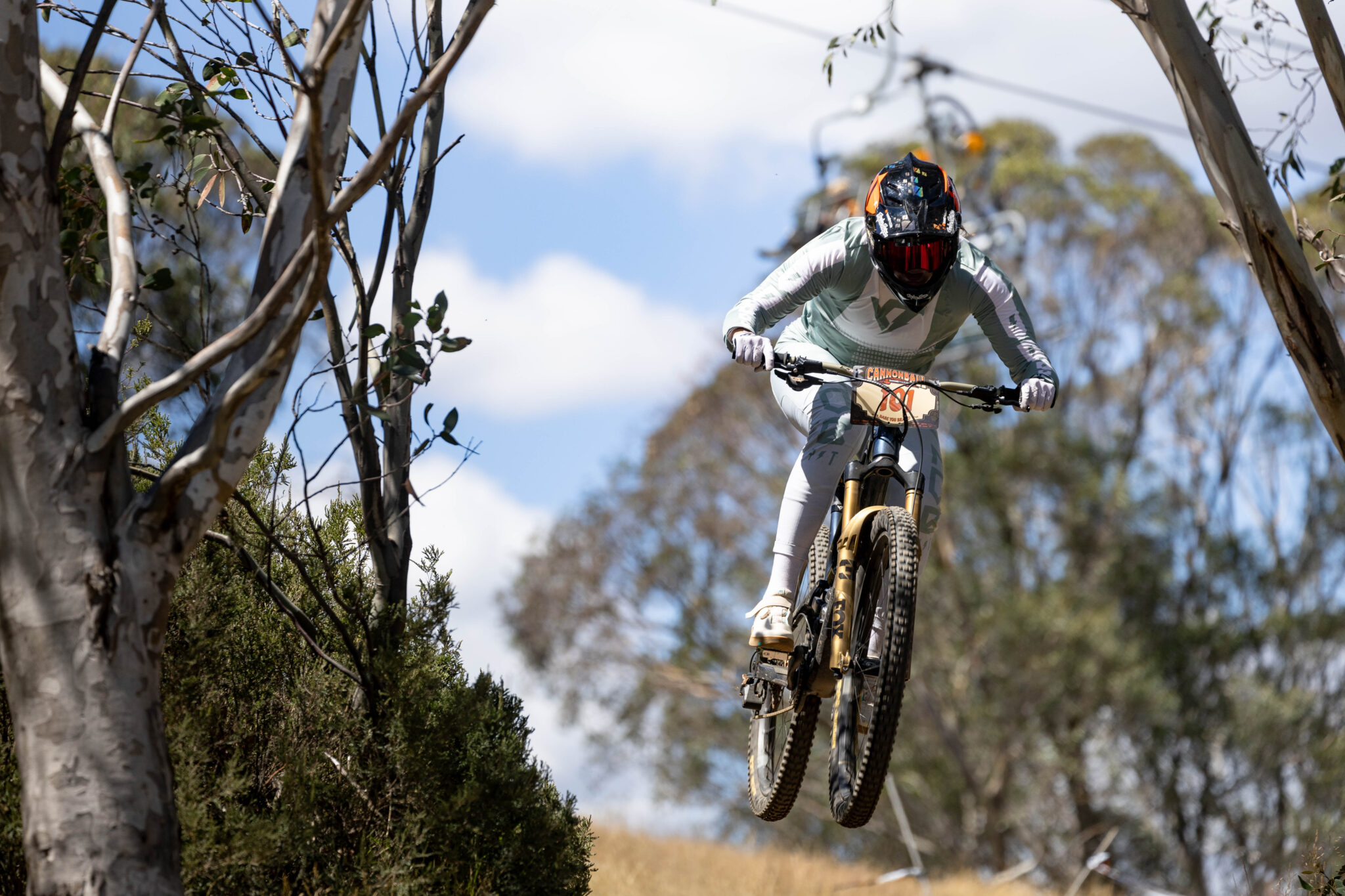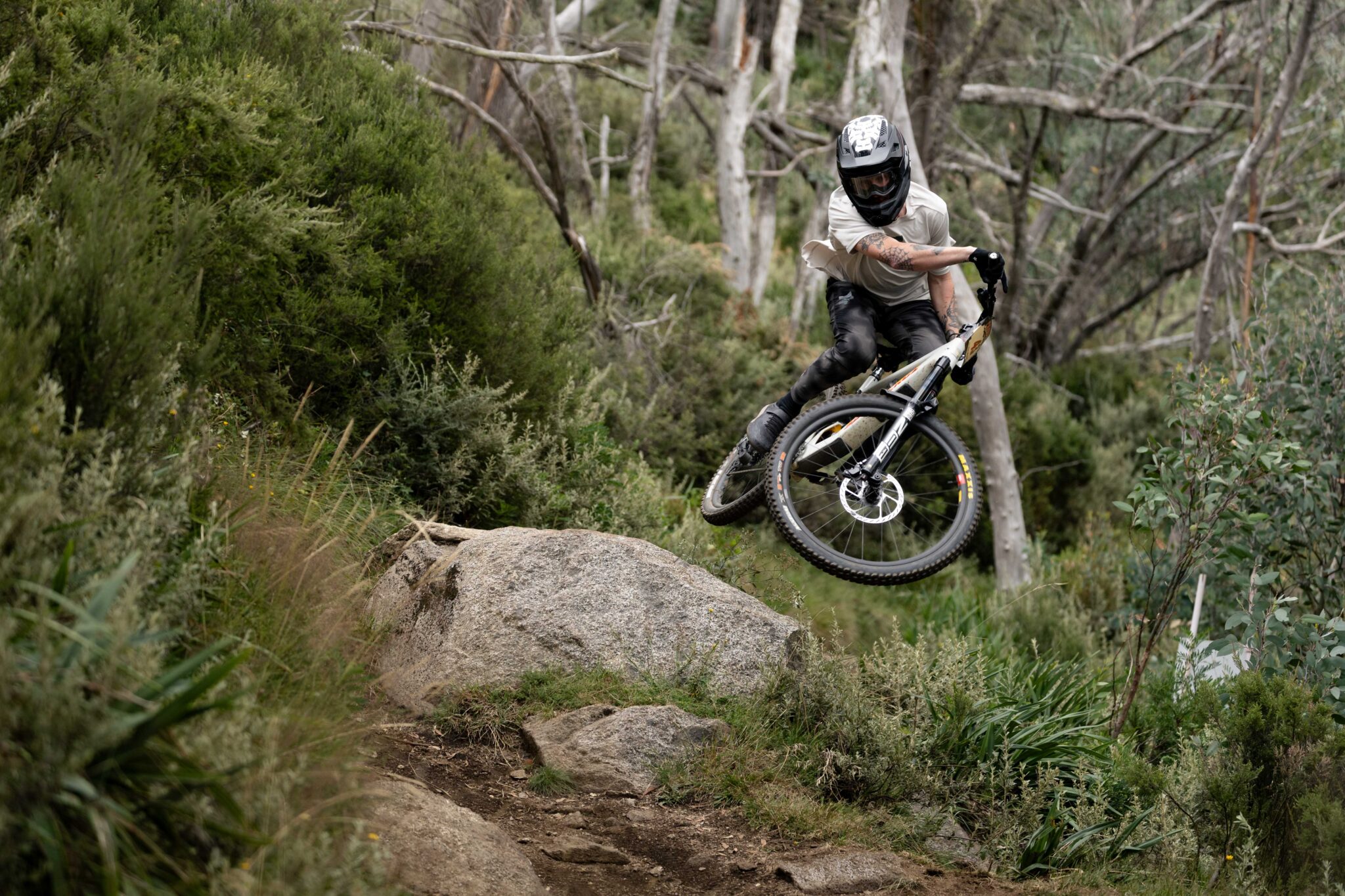Eating during the off season
You structure your training to have an off-season, right? It’s just as important to structure your nutrition to have an off-season, too.
If you eat the same way year round you’ll end up making it harder shift the winter kilos and get back to peak fitness come next season. Change these 10 things during the off-season and you’ll be fighting fit and rearing to go instead of fighting to get off the couch.
1. Do the shuffle
Shift everything in the pantry around. Push the gels, energy bars and sports drink to the back and bring the whole foods to the front. Eating excessive amounts of sports foods, if your training has decreased, will just lead to excess kilojoules (calories) your body won’t be using. Excess kilojoules equals excess weight.
2. Aim for quality, not quantity
Get the nutrients you need by eating smaller amounts of quality foods from all of the five food groups. The bulk of your diet should be made up of fruit, vegetables, dairy, whole grains, lean meats (or other protein alternatives) all topped off with a little healthy fat (think nuts, avocado or olive oil).
3.Try new foods
Take this time as an opportunity to try a whole range of new foods. During the season it can be difficult to incorporate new foods due to lack of time and fuelling for each training session. Take this opportunity to find a few new recipes to cook at home, take a friend to a cooking class or try a new cuisine at a restaurant you haven’t been to.
4.Focus on mindful eating
It’s likely your appetite will decrease as your training load decreases, but you’ve got to listen to your body. If you ignore your appetite and keep eating the same sized portions you’ll be staring straight at all those excess kilojoules mentioned in point one. It sounds simple, but before you eat, ask yourself “Am I actually hungry?”, and during your meal keep checking in to see if you’ve had enough – it’s okay to leave food on your plate!
5.Downsize your plates and bowls
Have a 44 gallon drum that you usually serve your pasta in? Swap this for a smaller bowl and you’ll automatically begin to eat less. It’s all an optical illusion – our brain sees a full plate and thinks you’ve had a full meal, even if it’s a smaller plate than usual.
6. Take into account the weather
As winter approaches, so does our love of wintery foods. Indulge yourself with comfort foods, but make sure you cook them yourself and bulk them out with lots of vegetables like carrots, celery, mushrooms and onion or legumes like lentils, kidney beans and chickpeas. This way you’ll still feel as though you’re eating filling hearty meals, but they’ll be lower in kilojoules and higher in vitamins and minerals.
7.Curb your carbs but don’t eliminate them
Carbohydrates have been getting a lot of bad press over recent years. Resist the urge to cut them out entirely as you’ll still need to fuel the training you are doing. Instead, focus on making the carb portion take up only a quarter of your meal. Also, go for low-GI carbs like sweet potato, quinoa, pasta, wholegrain bread or brown rice so they fill you up for longer.
8. Watch your glass
Keep an eye out for excess alcohol intake. Alcohol provides almost as many kilojoules per gram as fat and it doesn’t give us any other nutrients like protein, fibre, vitamins or minerals. It also makes us more likely to make poor food choices so aim to keep your alcohol intake to a couple of drinks only a couple of times a week.
9. Stay hydrated
During winter, and with decreased training, it’s easy to drink less than you need. Being dehydrated often muddles with appetite and you may eat more than you really need as you confuse the feeling of thirst for hunger. This is particularly true if you find you’re going for ‘wet’ foods like ice cream. Aim to drink 1.5-2L of fluid every day. Go for low-kilojoule fluids like water (hot or cold) or herbal tea to help keep kilojoules in check.
10.Time your meals around your training
Instead of putting an extra snack in before or after training like you usually do during season, try to plan your meals so you have a main meal or snack before and after training. For example, if you train in the afternoon, push your afternoon snack back slightly so it works as your pre-training fuel, and push dinner slightly earlier so it acts as your recovery meal.

